Chainlink and the XRP Ledger (XRPL) are two major infrastructures shaping blockchain adoption. Both are linked to tokenization and institutional finance, but their purposes are distinct. While XRPL is a payments-focused Layer-1 blockchain, Chainlink operates as a decentralized oracle and interoperability network. The real question is whether Chainlink could eventually surpass XRPL in institutional relevance.
Chainlink is not a blockchain but middleware that connects real-world data—such as fund valuations, compliance metrics, and macroeconomic statistics—to smart contracts across multiple blockchains. Its Cross-Chain Interoperability Protocol (CCIP) also enables seamless cross-chain transactions. Chainlink has positioned itself as the market leader in oracles and interoperability, with pilots involving global giants like SWIFT, JPMorgan, BNY Mellon, and the DTCC. Even the U.S. Department of Commerce is leveraging Chainlink for publishing official data on-chain. LINK, the network’s native token, accrues value through staking and payments for these services, though it faces competition from Pyth, API3, and bank-led solutions.
By contrast, XRPL is a fast, low-cost Layer-1 designed for payments and tokenization. XRP, its native token, is optimized for bridging liquidity and facilitating cross-border settlement. The ledger enables direct issuance of stablecoins, tokens, and NFTs. With the launch of its EVM-compatible sidechain, XRPL has also entered the DeFi space, with its total value locked (TVL) surpassing $120 million. Institutions such as DBS, Franklin Templeton, and SBI Ripple Asia are using XRPL for tokenized asset trading, payments, and NFT issuance. Ripple’s RLUSD stablecoin adds to its ecosystem, though XRPL continues to be seen as Ripple-centric and faces regulatory and competitive challenges from CBDCs, stablecoins, and traditional financial networks like SWIFT.
Ultimately, Chainlink and XRPL are not direct competitors. XRPL’s strength lies in settlement speed and liquidity, while Chainlink thrives as neutral infrastructure that underpins tokenization across multiple blockchains. However, in terms of institutional relevance, Chainlink has the broader upside. If it becomes the universal standard for cross-chain data and interoperability, it could outgrow any single blockchain, including XRPL.





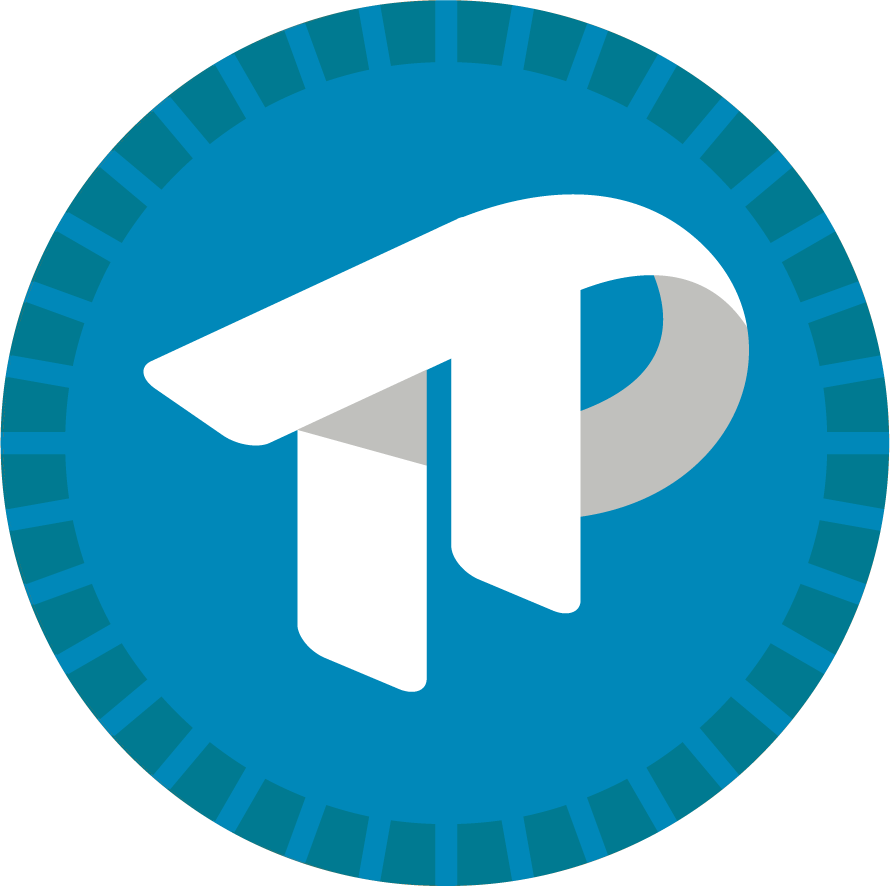

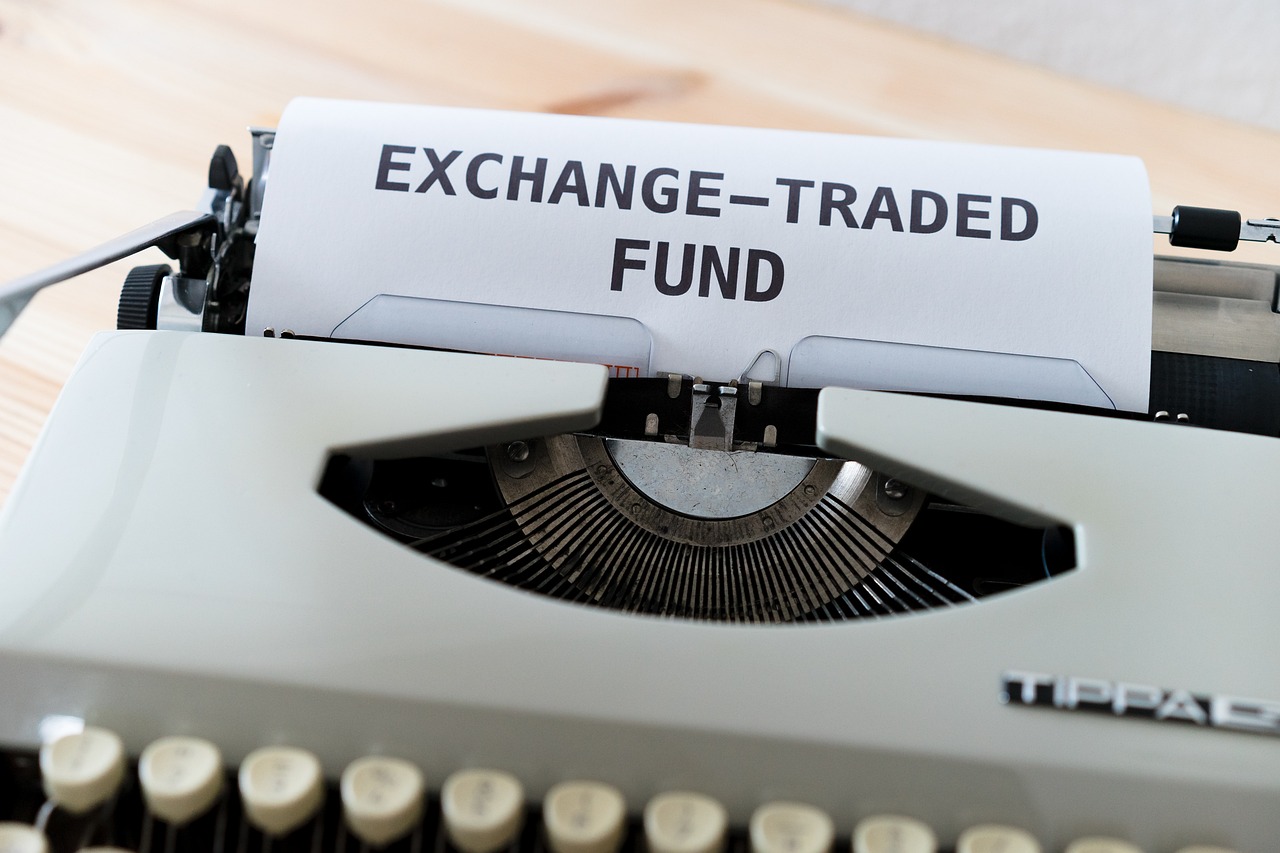

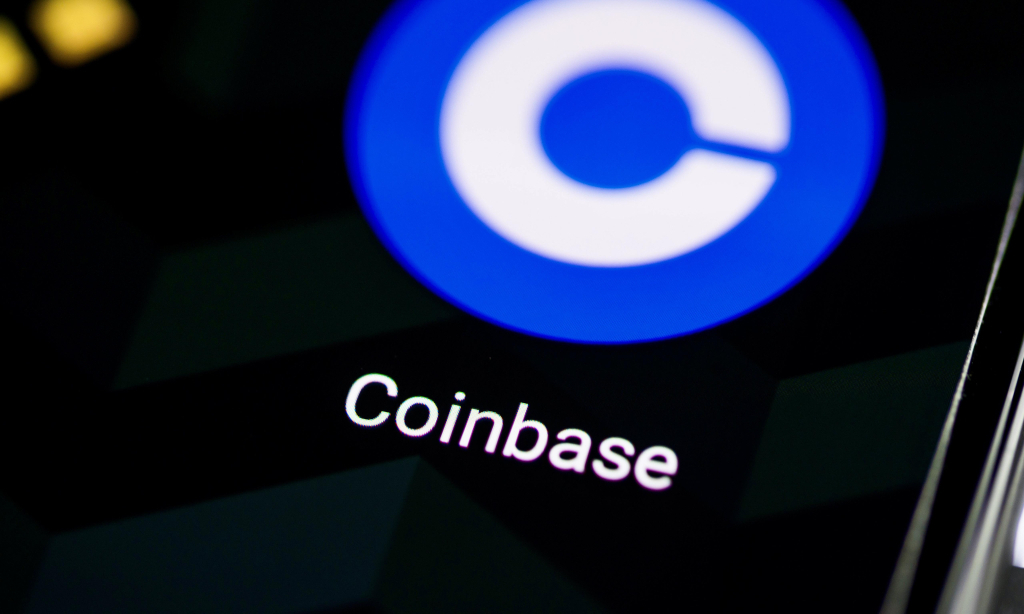
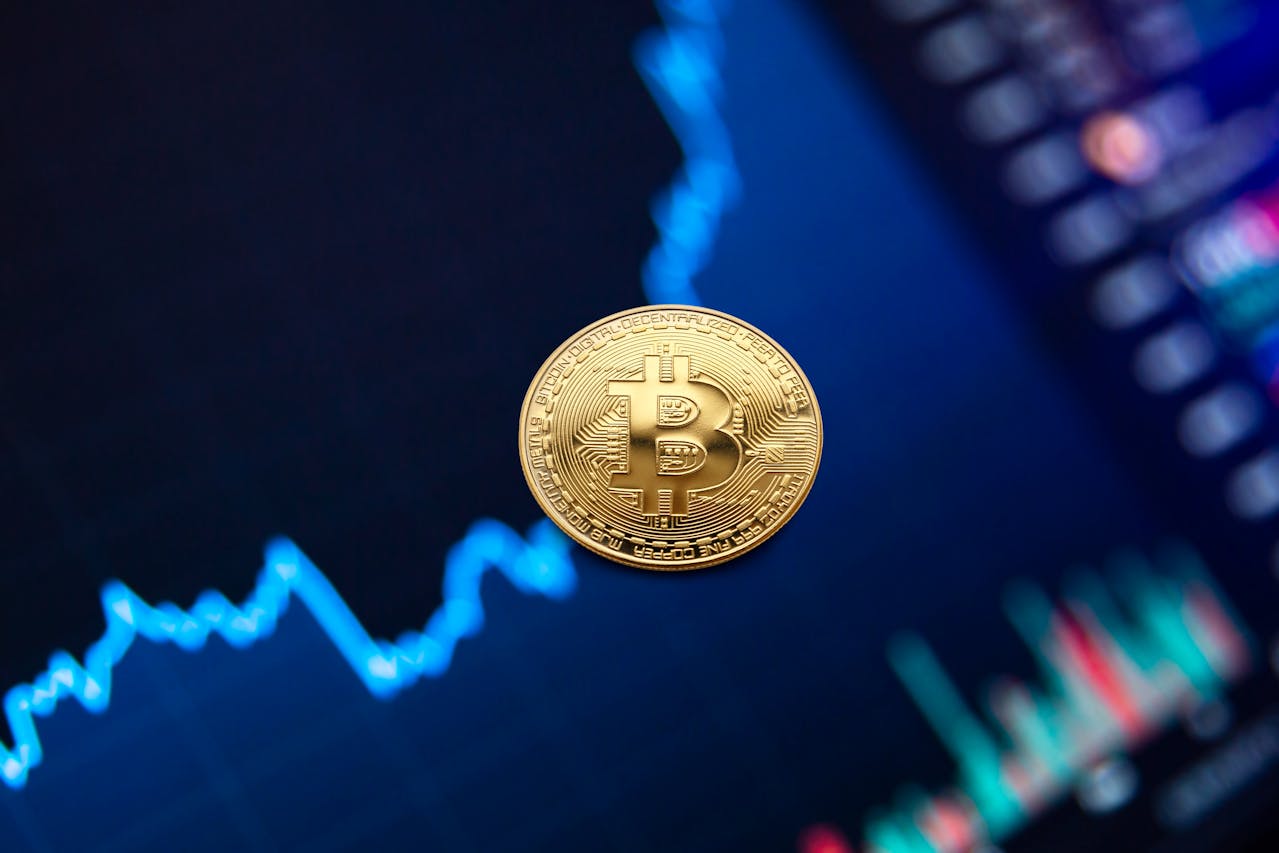

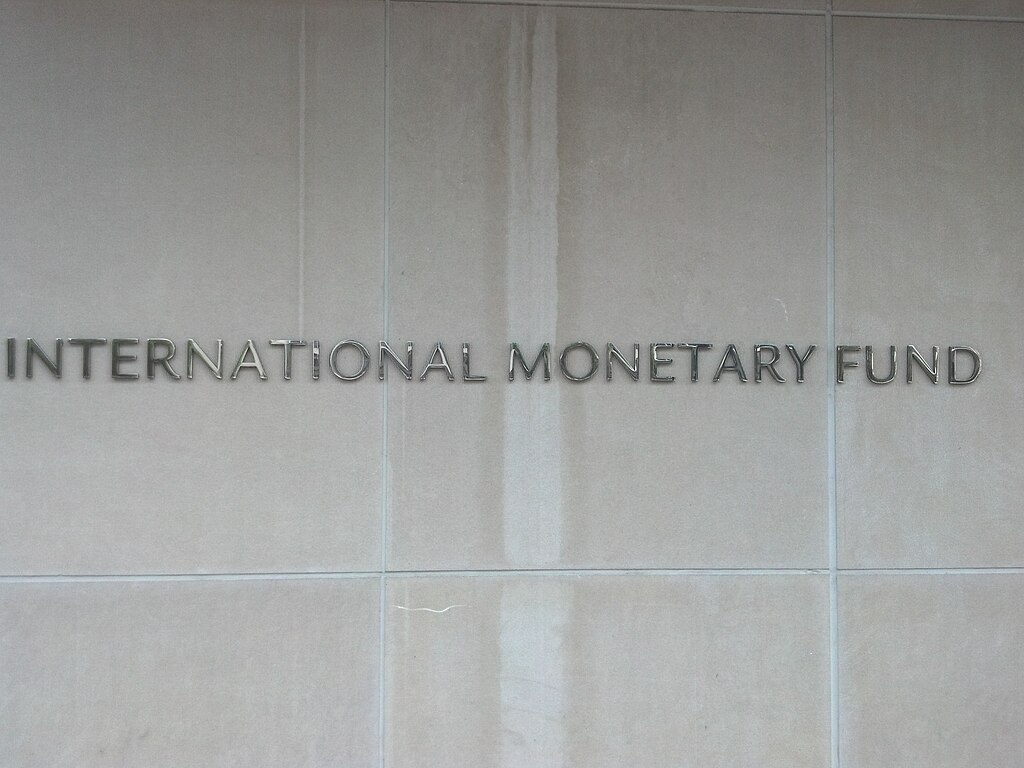
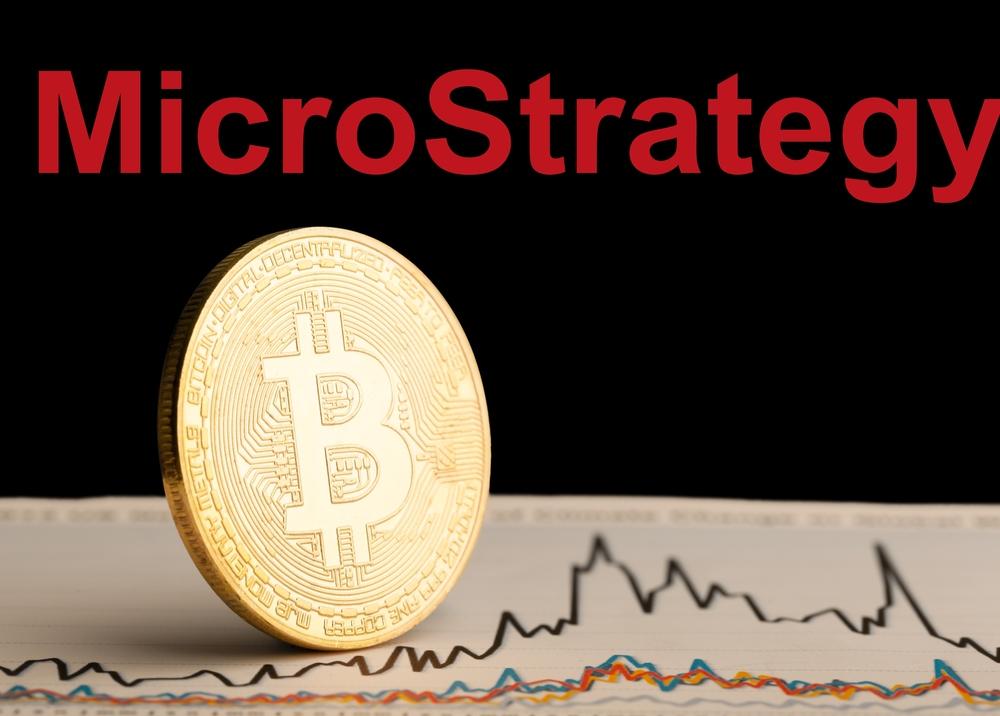

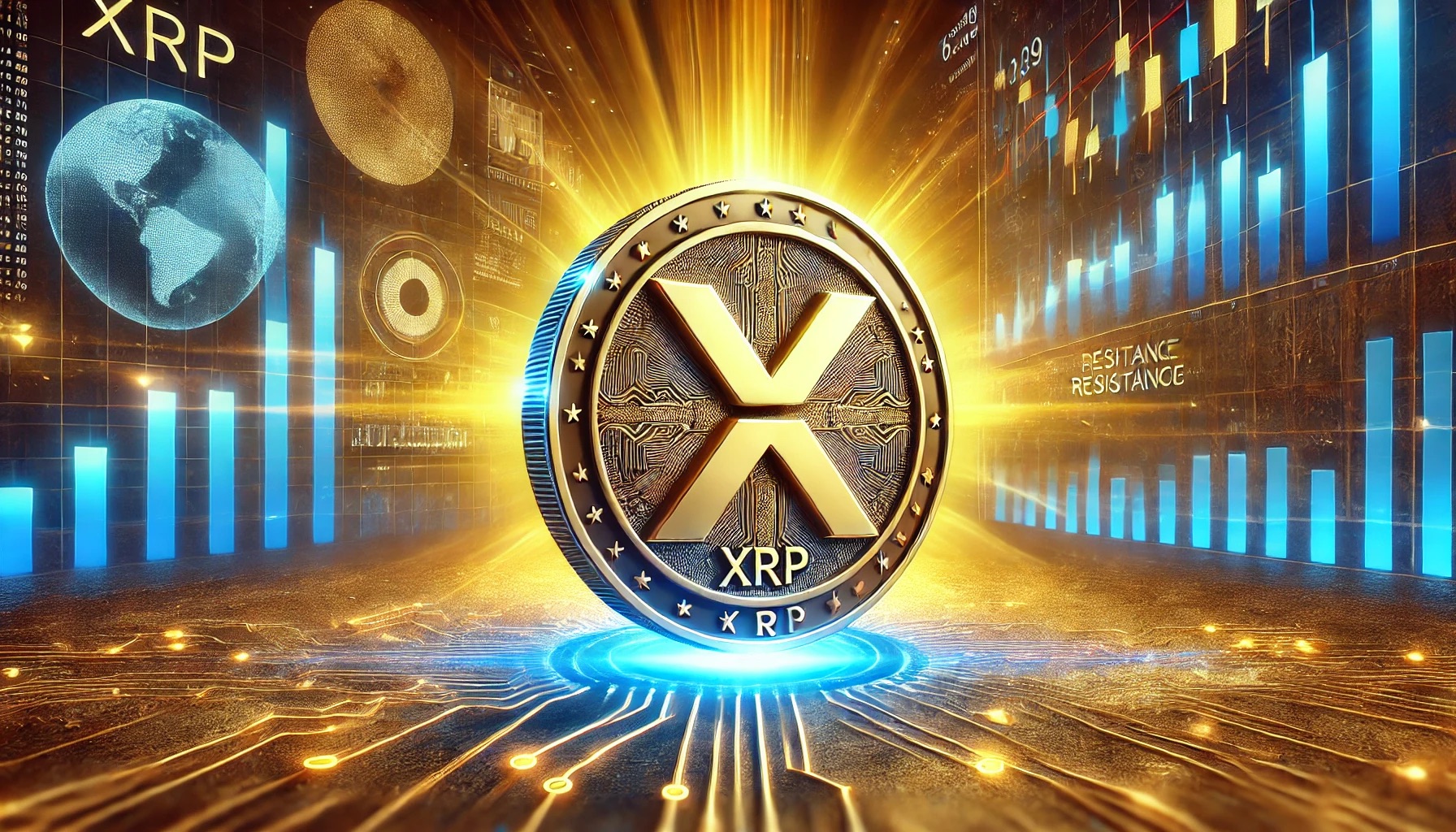
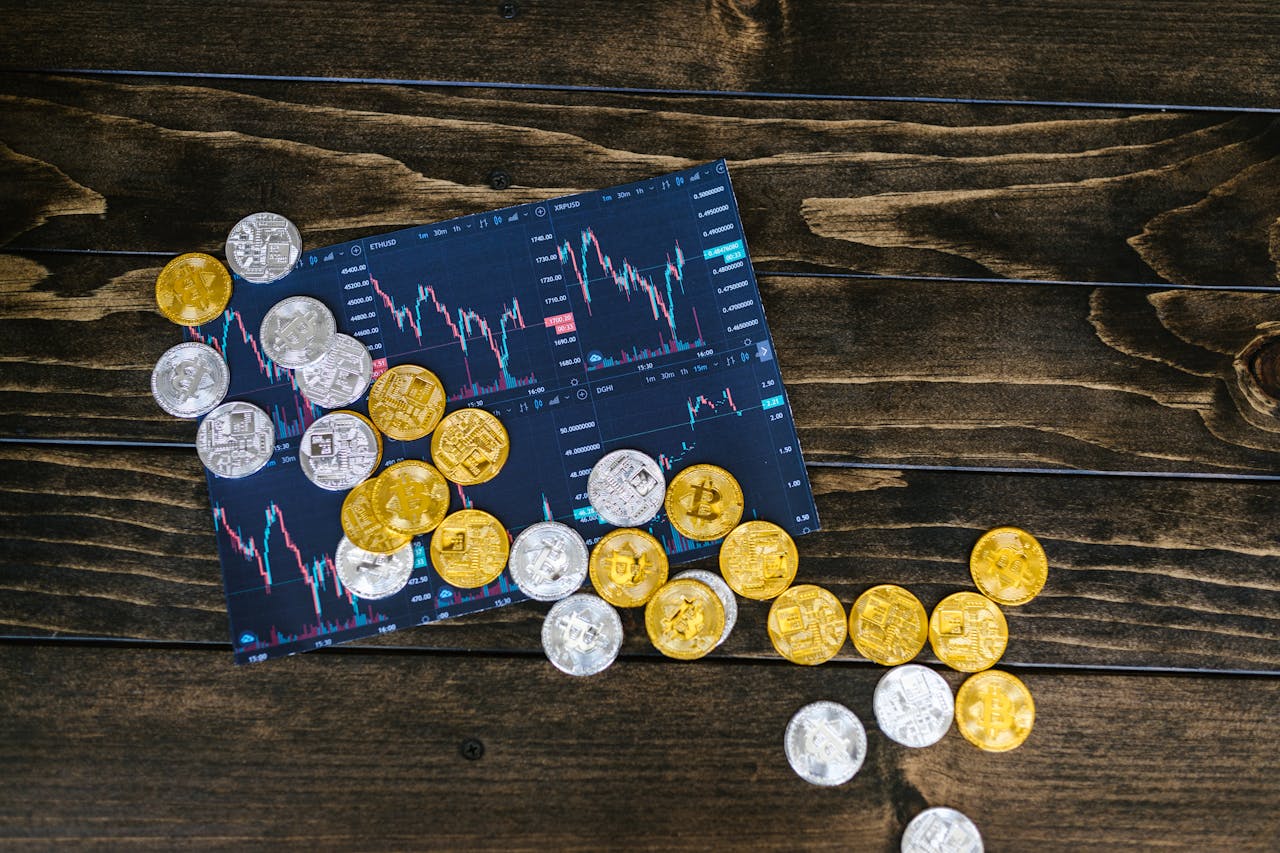

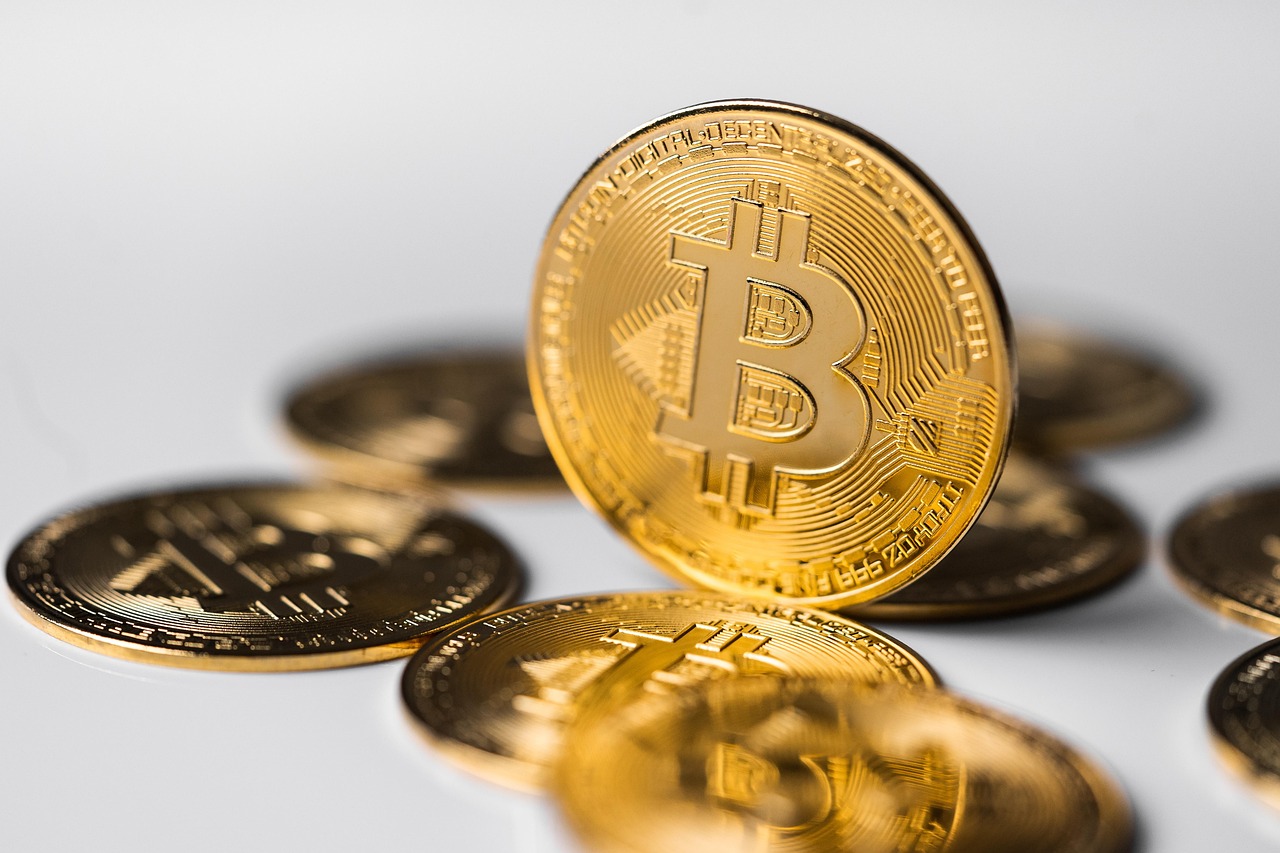

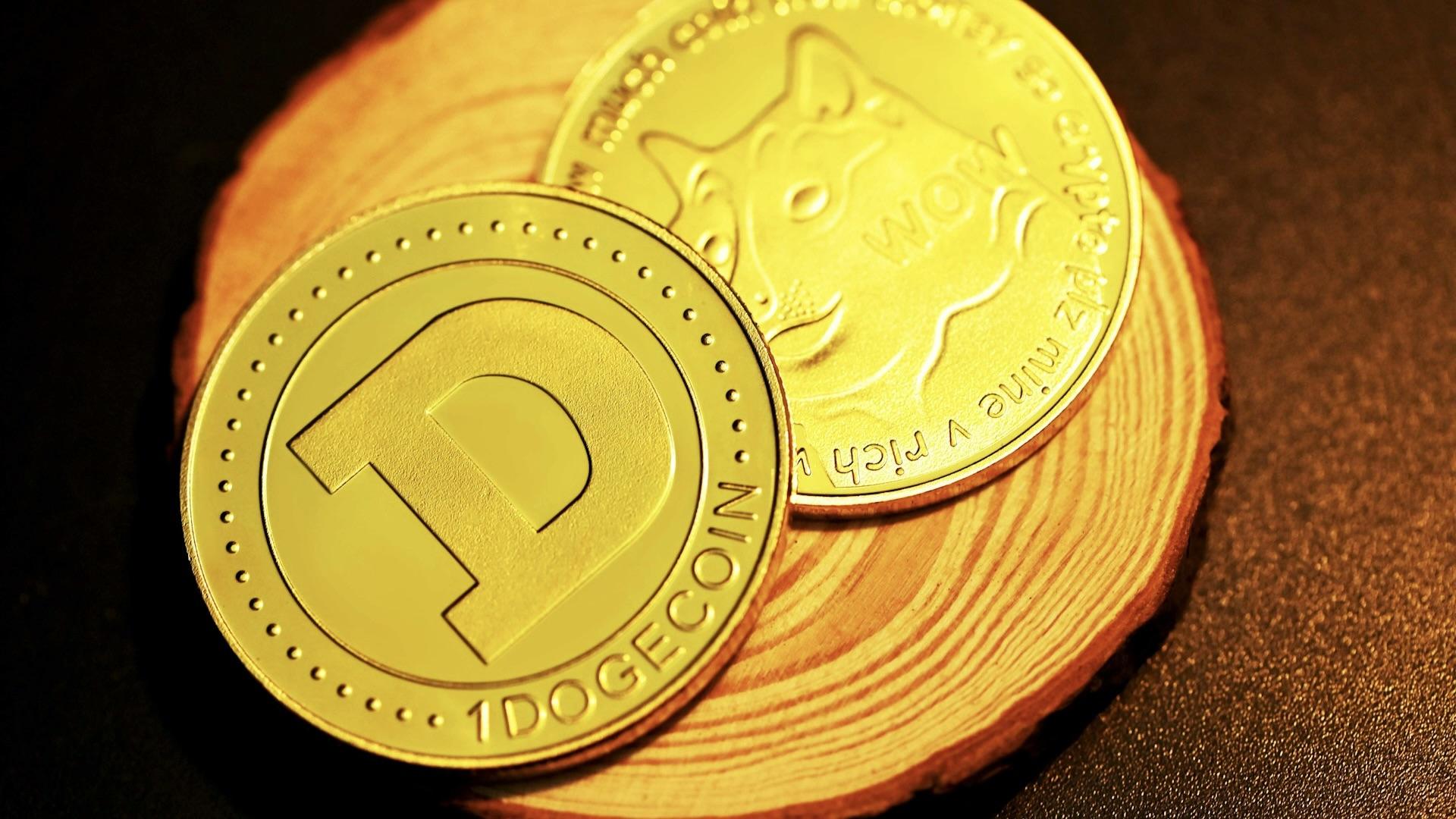
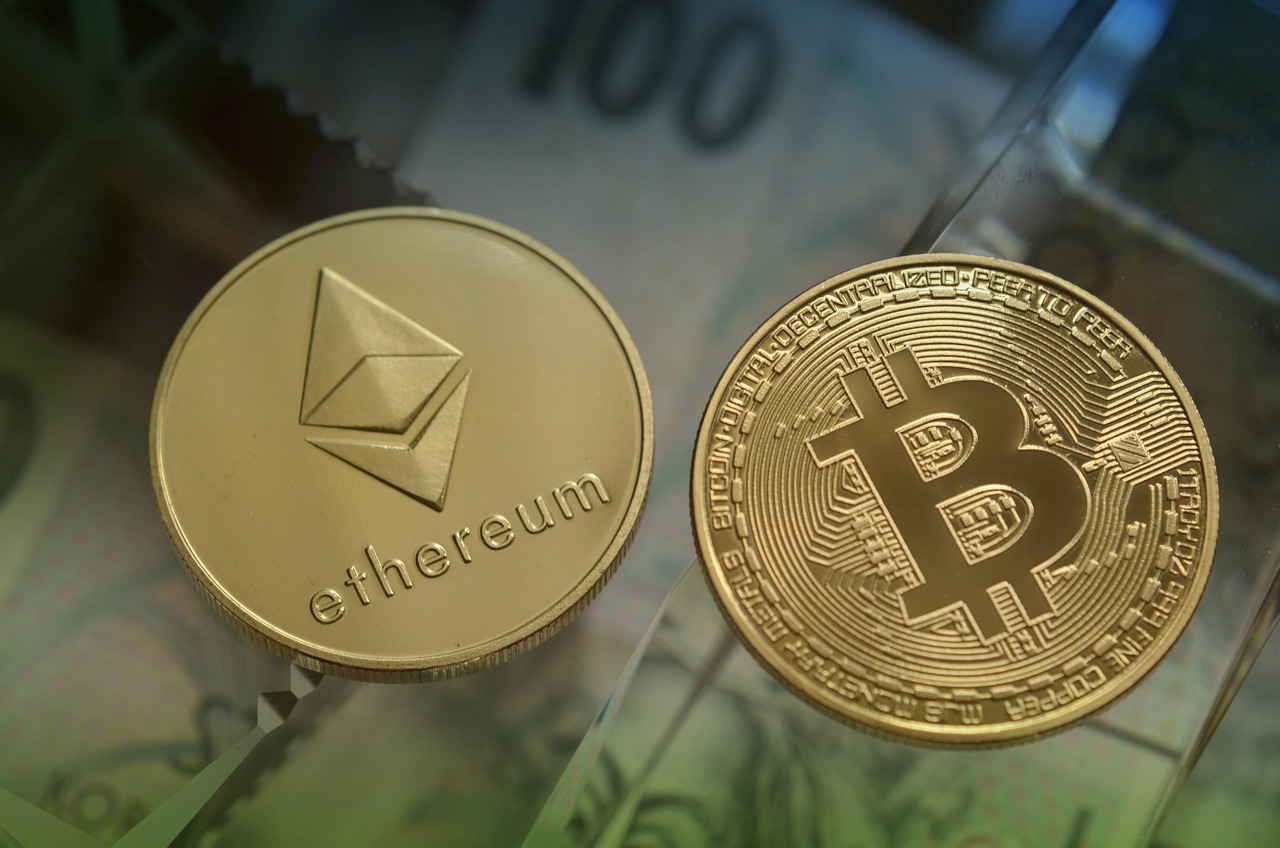




Comment 0